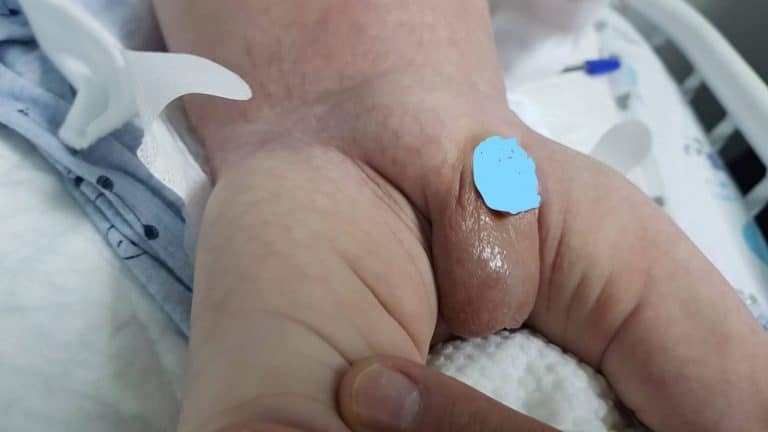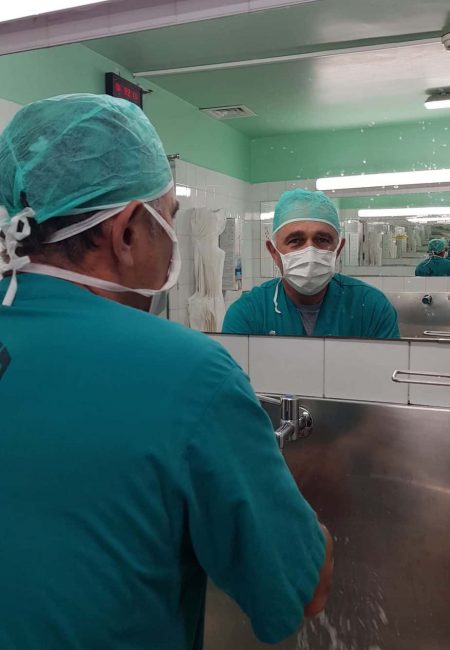Dr. Keidar Sergei Senior Pediatric Surgeon Head of the Pediatric Surgery Department at Edith Wolfson Hospital.


The treatment is surgery close to the diagnosis, because the hernia has a risk of incarceration, in girls the imprisoned organ is ovulated.
Before surgery for a healthy child with no background no blood tests are needed.
The purpose of the surgery is to connect a congenital canal that has not closed / an extension of the peritoneum, so there is no need to put a net as is customary in the elderly population.
The operation is short, about 15-20 minutes, performed under general anesthesia when one of the parents is with the child until he falls asleep.
A small skin incision about 1-2 cm in a fold of skin in the groin allows you to perform this simple and routine operation with a cosmetic skin closure with a dissolving suture. The parent visits the child immediately after the anesthesia and after 2-3 hours the child is released to his home, infants up to the age of 3-4 months remain under supervision until the next morning for monitoring after the anesthesia.
The house can be showered the day after the operation and no local treatment is required. Pain management is usually sufficient for 24 hours after surgery with paracetamol or Nurofen. The child can return to kindergarten after 2-3 days and for strenuous sports activities about two weeks after surgery.

The rate of bilateral hernia is about 10-15% and surgeons on both sides only when the diagnosis of hernia on both sides is clear.
Recurrent hernia – a very rare phenomenon about 1 case per 500-1000 hernia surgeries.
Herniated hernia is a relatively common complication of the hernia when not treated in time, the treatment is the recurrence of the hernia by a pediatric surgeon and surgery to repair the hernia 24-48 hours after incarceration.
Combination of inguinal hernia and umbilical hernia – It is permissible to repair a bilateral inguinal / inguinal hernia with a umbilical hernia without additional risk in the same operation.
Do you have a question? Want to contact Dr. Sergei Keidar? Please send a message in the following form and we will get back to you soon!